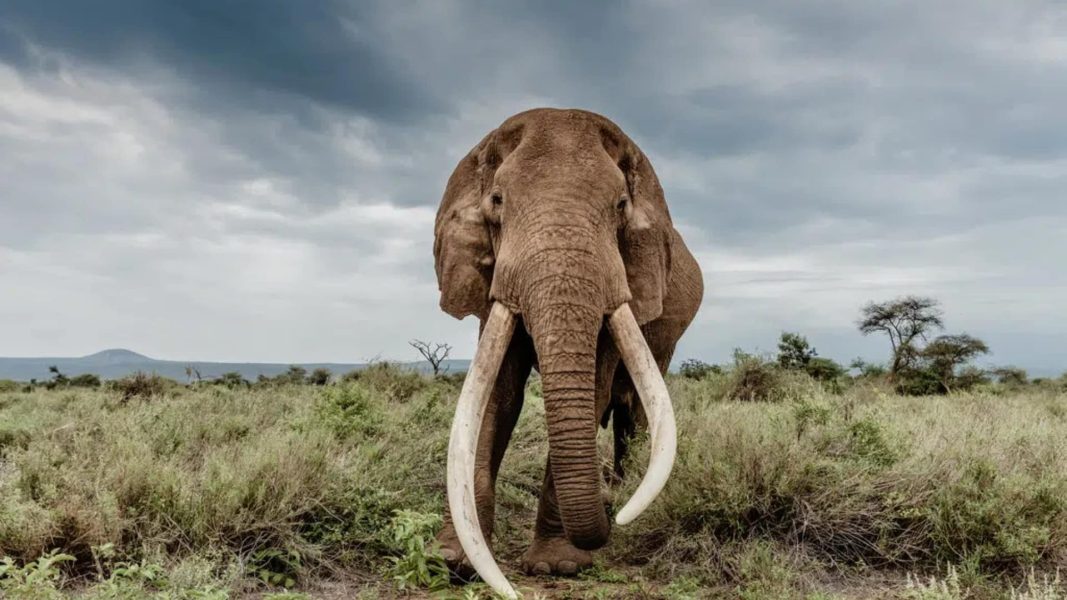Bird flu poses growing pandemic threat as virus evolves – POLITICO Europe

Mutations in the virus make is more likely to jump species, warn the EU’s disease and food agencies. AI generated Text-to-speechBird flu poses an increasing pandemic threat as it becomes more adaptive, jumping to humans, pets and zoo animals, Europe’s disease and food agencies warned on Wednesday. They are urging countries to step up their surveillance and containment measures to prevent the virus from continuing to evolve and become more dangerous to people.“In 2024, avian influenza viruses expanded their reach, infecting previously unaffected species. Our work identifies key mutations linked to a potential spread to humans, requiring rapid detection and response,” Bernhard Url, acting executive director at the European Food Safety Authority (EFSA), said in a press release.Avian flu has been recorded at high levels among wild birds and farmed species such as chickens in recent years. The virus has also jumped to other species during this time including seals, and — notably in the United States — dairy cattle. But to date, cases among humans have been low. The U.K. reported its first case of this winter on Monday, while there have been 67 cases in the United States and one death.The risk of infection for the general European population remains low, and low-to-moderate for people routinely exposed to potentially infected animals.But the situation would change if there was any “confirmed human-to-human transmission,” said Edoardo Colzani, head of respiratory viruses at the European Centre for Disease Prevention and Control (ECDC).And this risk is increasing. The ECDC and EFSA have identified 34 key genetic mutations that make the virus more likely to jump from animals to humans but also to replicate to allow human-to-human transmission.The fact that the virus now contains all these characteristics is a “sporadic event,” Alessandro Broglia, senior scientific officer at EFSA, told POLITICO. Out of 27,000 virus sequences assessed, 144 contained the characteristics needed to jump and spread among people. “Those were mainly isolated in Asia and Africa and never in Europe,” Broglia added. However, viruses that had acquired characteristics for spillover to humans were not only the highly pathogenic viruses, but also low pathogenic viruses, “that do not cause very serious disease, but can circulate in the population and slowly can acquire these mutations,” Broglia explained. This makes surveillance on low pathogenic viruses “a cornerstone” to spot these mutations and characteristics that can lead to human adaptation, he said.Adaptation of avian influenza viruses to mammals can happen through genetic mutations and also through the mixing of genetic material between viruses. The interaction between wildlife, poultry, livestock and people is a driver for spillover. “Are we creating the condition for this happening? What kind of poultry breeding system are we implementing? Why so many outbreaks in poultry farms in certain areas? And why so many jumps in mammal species?” Broglia asked, urging countries to think about how human activities facilitate the spread of such viruses.There were close to 100 human infections last year, said Colzani at the ECDC. Those often happen in occupational settings, where humans are exposed to sick animals.Colzani told POLITICO it would be “good practice” to test people when animal outbreaks occur — even if a person exposed to sick animals doesn’t show any symptoms “to detect if there is any silent transmission.”To avoid “an extremely rare” case of human influenza mixing with avian influenza, Colzani recommends vaccinating occupational animal workers against human seasonal flu to help reduce this risk.Avian influenza is circulating globally and, while there is data from North America, Japan or South Korea, it’s missing in vast swathes of the world due to limited laboratory capability.“In the rest of Asia or the full African continent we know little if anything, and this is the problem,” Broglia said, “we have no clue what is happening there.” He stressed the need for capacity building in these areas outside of the EU.Additionally, he called for harmonizing genetic information and associated metadata, which is “crucial for prevention and preparedness,” Broglia said. 11 countries signed a paper to Ursula von der Leyen warning the move would downgrade Europe’s health crisis resiliency.NGOs have been briefed that grants will be cut by 50 percent.Progress on Europe’s mandatory food and booze labels has stalled, and looks unlikely to be prioritized by designated health commissioner.Manufacturer Bavarian Nordic said it could produce another 50 million doses with new manufacturing processes and partners.






